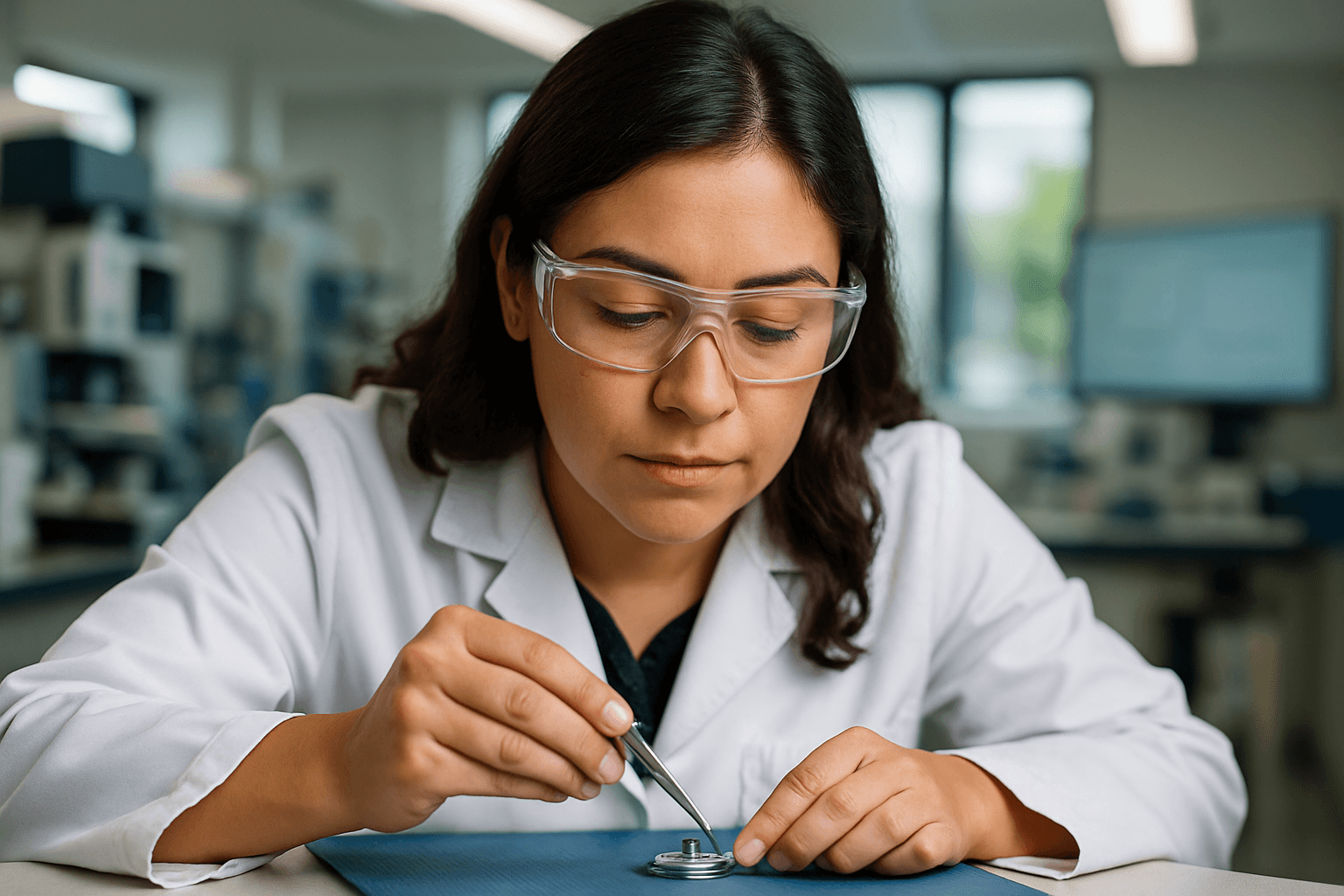Tianjin, China – Researchers from Nankai University and their collaborators have announced a significant breakthrough in electric vehicle (EV) battery technology, with a new lithium metal battery (LMB) test cell demonstrating over 9,000 hours of stable cycling thanks to an innovative fluorinated deep eutectic gel electrolyte (DEGE). This advancement addresses critical safety and longevity issues that have long hampered the widespread adoption of high-energy-density lithium metal batteries.
The groundbreaking work, published on August 21, 2025, in the Journal of the American Chemical Society, introduces a novel gel that combines high ionic conductivity with superior interfacial stability and non-flammability. This development could accelerate the shift towards cleaner energy technologies by enabling batteries with higher energy density, longer lifespans, and safer operation for electric vehicles and grid-scale energy storage.
Addressing Key Challenges in Lithium Metal Batteries
Lithium metal batteries are highly coveted for their potential to offer unmatched energy density, theoretically capable of storing ten times more energy per gram than traditional graphite anodes in lithium-ion batteries. However, their progress has been significantly hindered by instability and safety concerns. Traditional liquid electrolytes often pose risks such as leakage, combustion, and the formation of dendrites—needle-like lithium structures that can grow during charging, compromise battery safety by piercing internal layers, and lead to short circuits or even fires.
The new study from Nankai University directly tackles these long-standing limitations. Lead researcher Dr. Tianfei Liu stated that the design “simultaneously tackles multiple challenges in lithium metal battery development,” enhancing both safety and durability.
The Innovation: Fluorinated Deep Eutectic Gel Electrolytes
The core of this breakthrough lies in the development of fluorinated deep eutectic gel electrolytes (DEGEs). These advanced materials, specifically based on fluorinated amides like 2,2,2-trifluoro-N-methylacetamide, offer a unique combination of properties. By carefully engineering the fluorination of these amide-based molecules, researchers created a highly stable electrolyte system.
Key advantages of these new gel electrolytes include:
- High Ionic Conductivity: Facilitating efficient lithium-ion transport.
- Superior Interfacial Stability: Preventing detrimental reactions at the electrode-electrolyte interface.
- Non-flammability: Significantly enhancing operational safety compared to volatile liquid electrolytes.
- Dendrite Suppression: The gel form helps suppress the formation of dangerous needle-like lithium structures.
Remarkable Performance and Stability
Electrochemical tests of the new DEGEs yielded impressive results:
- Extended Lifespan: Symmetric Li||Li cells demonstrated stable cycling for over 9,000 hours, a testament to the electrolyte’s long-term durability.
- Capacity Retention: In Li||LiFePO4 cells, the battery retained 81.7% of its capacity after 2,500 cycles, showcasing robust performance over many charge-discharge cycles. This compares favorably with current lithium iron phosphate (LFP) batteries which typically offer 2,500 to over 9,000 cycles depending on conditions, but LMBs promise higher energy density.
- Thermal Stability: The electrolyte maintained stability for 300 cycles even under elevated temperatures of 80 °C, indicating its resilience in challenging operating conditions.
- Enhanced Safety: The gel form effectively prevented leakage and minimized thermal expansion, further contributing to operational safety. Pouch cells equipped with this electrolyte also exhibited excellent safety in nail penetration and thermal runaway tests.
Co-author Kai Zhang highlighted that these results “could bridge fundamental chemistry with real-world performance requirements” for the next generation of batteries.
Implications for Electric Vehicles and Beyond
The ability of these new LMBs to sustain long-term cycling, suppress dendrite formation, and withstand high temperatures directly addresses major hurdles in deploying LMBs for various applications. The potential for higher energy density means future EVs could achieve significantly longer ranges or be made lighter and more cost-effective with smaller battery packs.
Beyond electric vehicles, this innovation holds promise for grid-scale energy storage, electric aircraft, and other portable electronic devices where high energy density and safety are paramount. The advancement signifies a crucial step toward creating more durable, efficient, and safer energy storage solutions, ultimately supporting the global transition to sustainable transportation and renewable energy integration.
While this prototype still requires further development before mass production, the fundamental chemistry demonstrated by the Nankai University team marks a pivotal moment in battery research.

